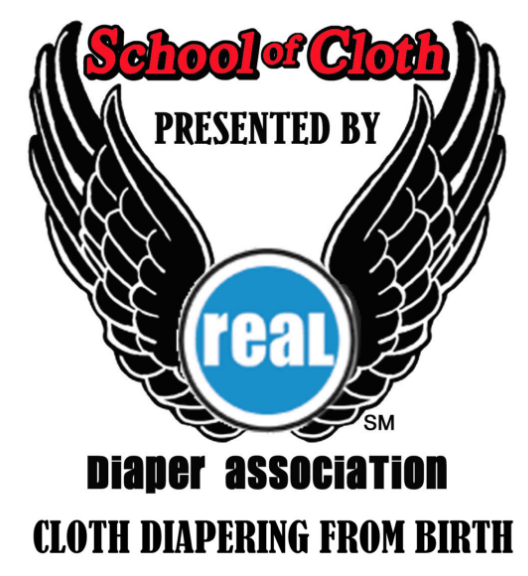
School of Cloth is an annual, month-long event with cloth diaper classes hosted by Real Diaper Circles, Real Diaper Association businesses, and cloth diapering veterans. If you attend a class, you can receive certificates and enter to win a cloth diapering package. If you win, you can receive a cloth diaper charity, like Giving Diapers Giving Hope, to receive a matching prize! Every week, I’ll cover a different topic, and invite you to link your blog posts as well. This week’s topic is cloth diapering from birth.



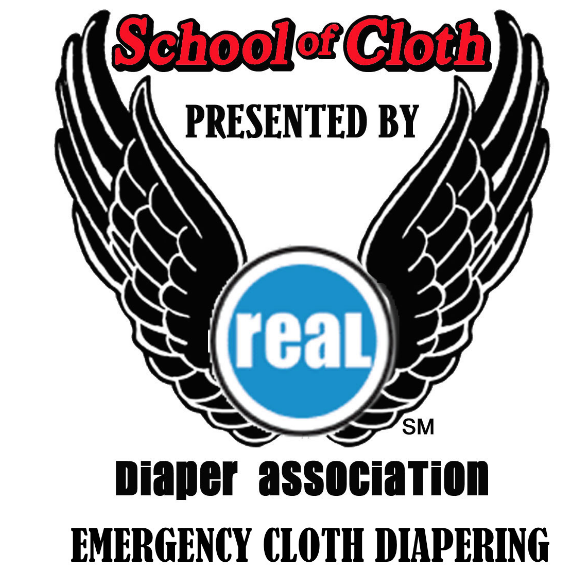
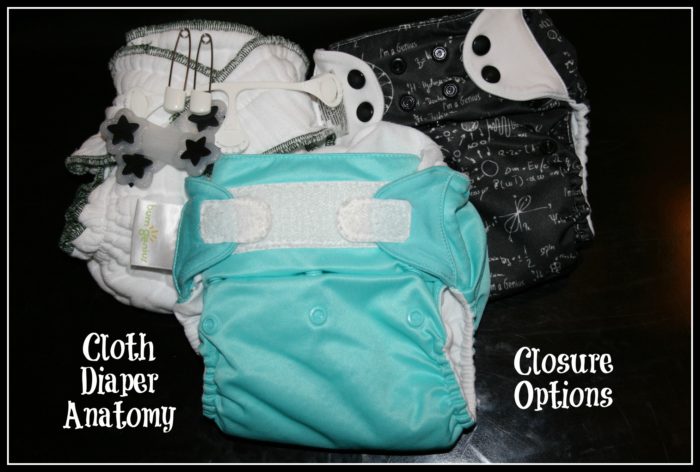
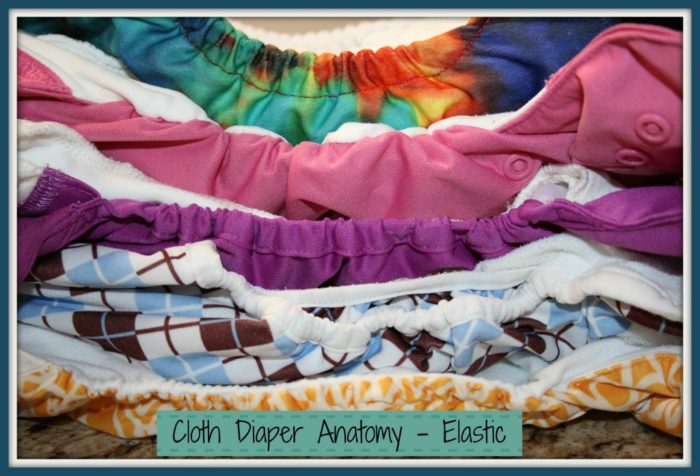
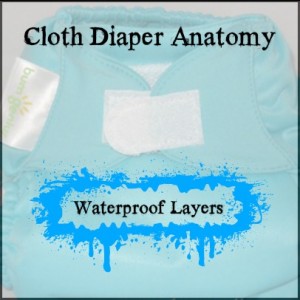
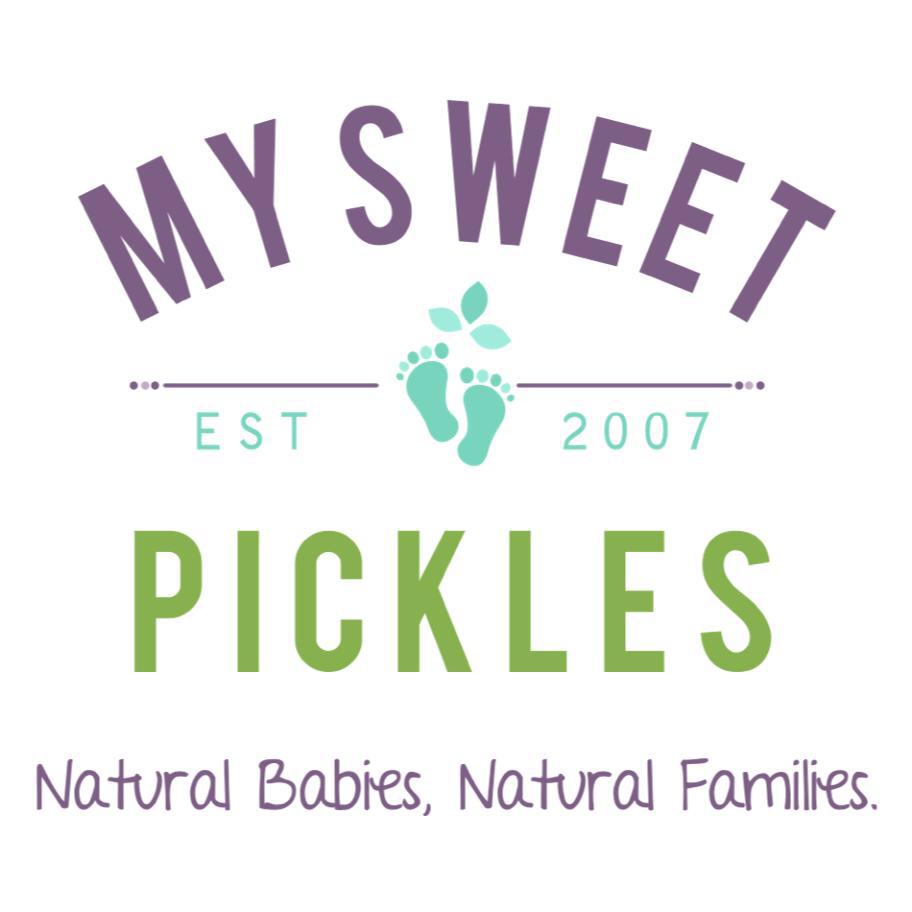

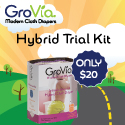



 Maria wants to live in a world where cloth diapers are the norm and moms can make parenting choices without judgement. When she’s not chasing her 18, 14 and 11-year old kids around, you might find her checking out the latest gadgets, organizing something (again) or exercising in the fresh air.
Maria wants to live in a world where cloth diapers are the norm and moms can make parenting choices without judgement. When she’s not chasing her 18, 14 and 11-year old kids around, you might find her checking out the latest gadgets, organizing something (again) or exercising in the fresh air. 






